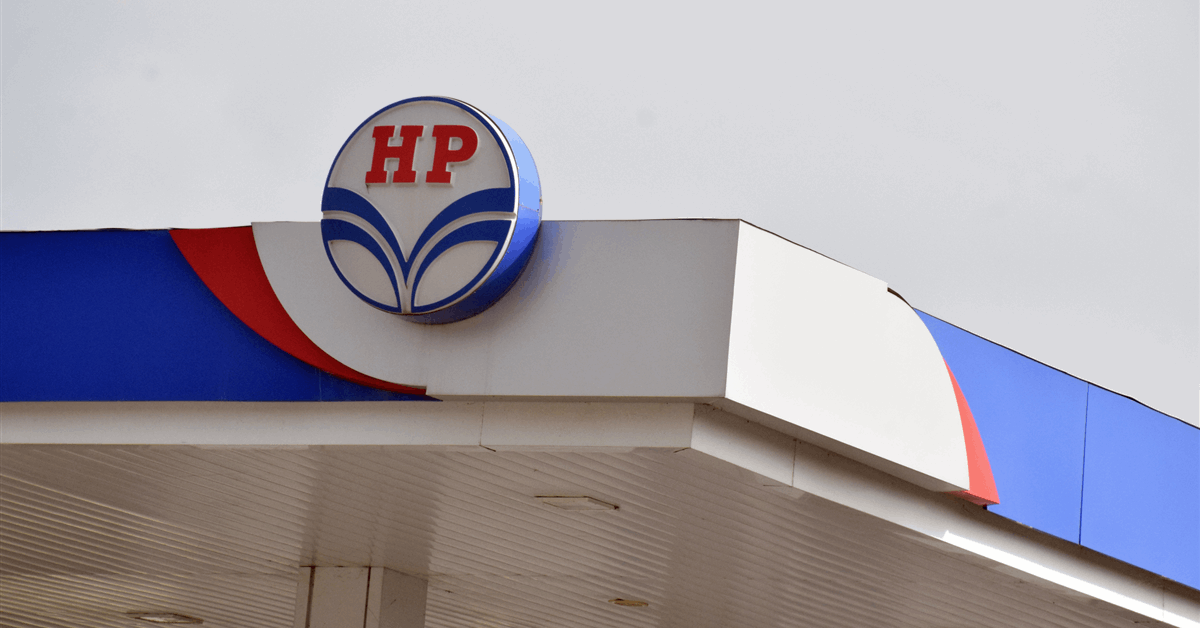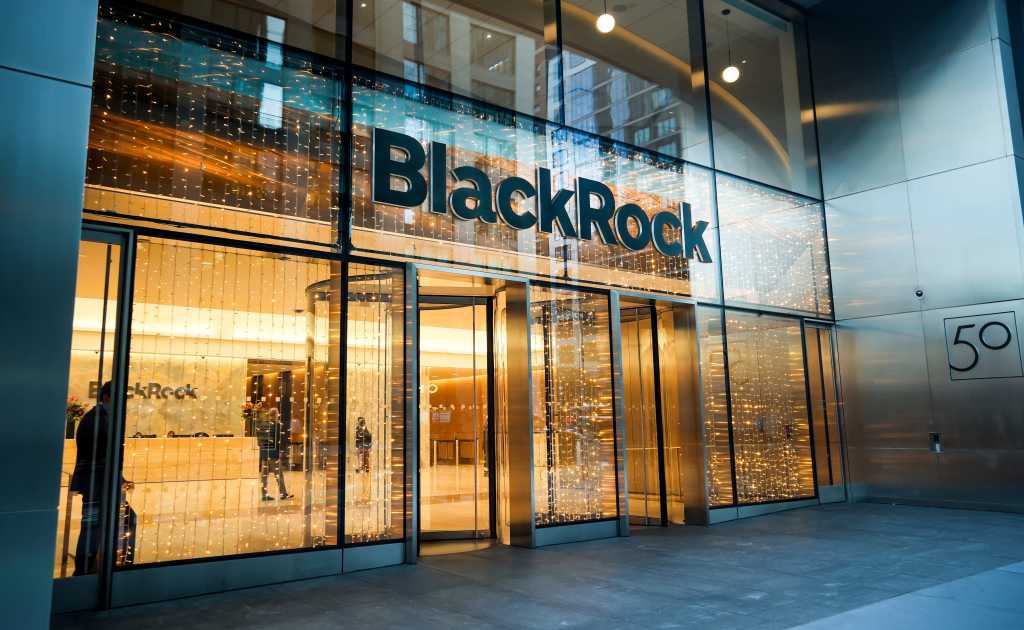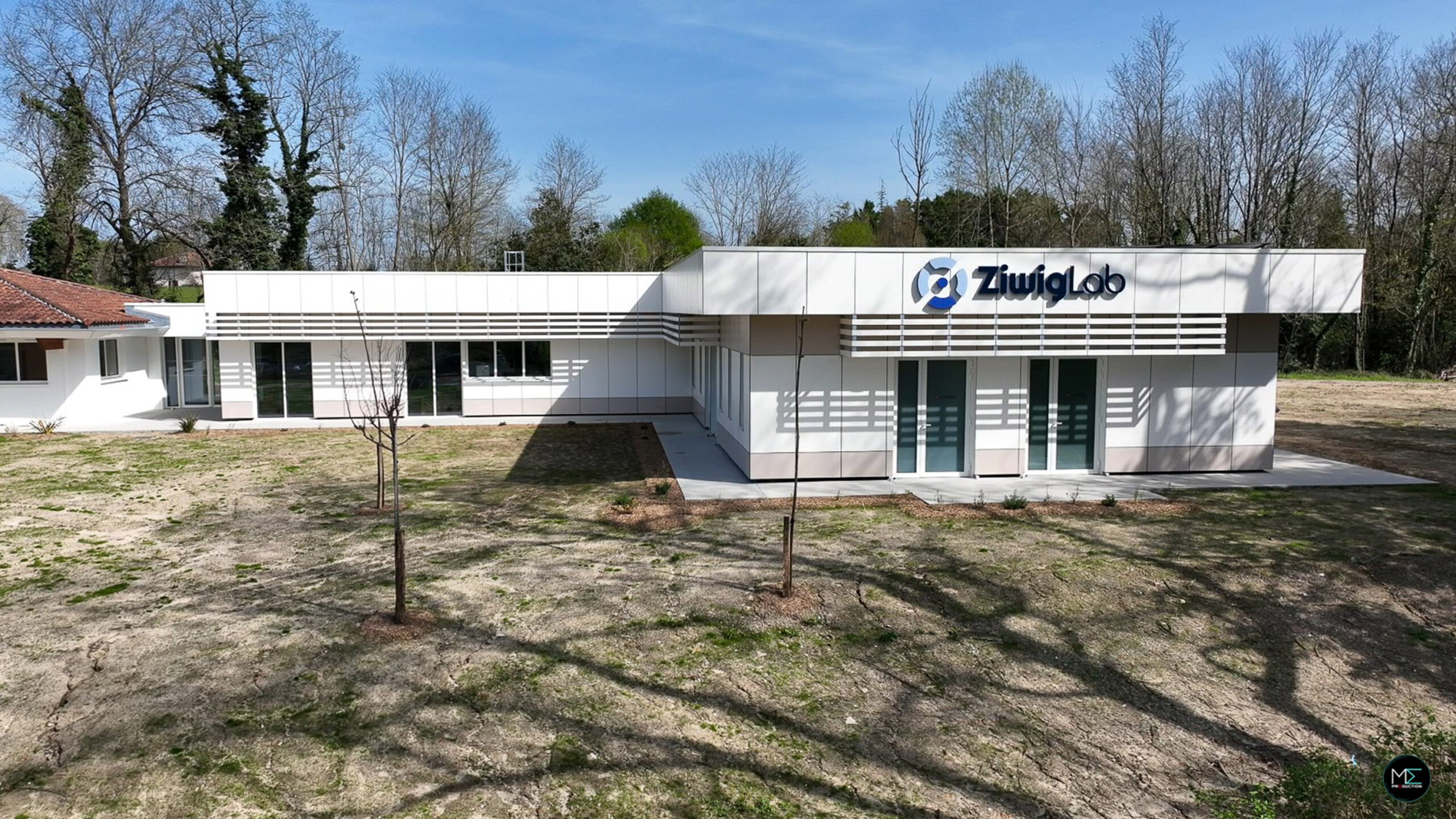
North America added six rigs week on week, according to Baker Hughes’ latest North America rotary rig count, which was released on October 17.
The total U.S. rig count increased by one week on week and the total Canada rig count rose by five during the same period, taking the total North America rig count up to 746, comprising 548 rigs from the U.S. and 198 rigs from Canada, the count outlined.
Of the total U.S. rig count of 548, 528 rigs are categorized as land rigs, 17 are categorized as offshore rigs, and three are categorized as inland water rigs. The total U.S. rig count is made up of 418 oil rigs, 121 gas rigs, and nine miscellaneous rigs, according to Baker Hughes’ count, which revealed that the U.S. total comprises 486 horizontal rigs, 51 directional rigs, and 11 vertical rigs.
Week on week, the U.S. offshore rig count rose by two, its land rig count dropped by one, and its inland water rig count remained unchanged, Baker Hughes highlighted. The U.S. gas rig count rose by one week on week, and its oil and miscellaneous rig counts remained unchanged during the period, the count showed. The U.S. horizontal rig count rose by six week on week, while its directional rig count dropped by four and its vertical rig count dropped by one, the count revealed.
A major state variances subcategory included in the rig count showed that, week on week, New Mexico and Oklahoma each added two rigs, Colorado added one rig, Louisiana dropped two rigs, and Texas and Wyoming each dropped one rig.
A major state variances subcategory included in the rig count showed that, week on week, the Arkoma Woodford, Cana Woodford, DJ-Niobrara, Granite Wash, Mississippian, and Permian basins each added one rig.
Canada’s total rig count of 198 is made up of 136 oil rigs, 61 gas rigs, and one miscellaneous rig, Baker Hughes pointed out. Week on week, the country’s oil rig count increased by seven, its gas rig count dropped by two, and its miscellaneous rig count remained unchanged, the count revealed.
The total North America rig count is down 56 rigs compared to year ago levels, according to Baker Hughes’ count, which showed that the U.S. has cut 37 rigs and Canada has cut 19 rigs, year on year. The U.S. has dropped 64 oil rigs and added 22 gas rigs and five miscellaneous rigs, while Canada has dropped 17 oil rigs and three gas rigs, and added one miscellaneous rig, year on year, the count outlined.
In a report sent to Rigzone by the JPM Commodities Research team on Sunday, analysts at J.P. Morgan highlighted that, “total U.S. oil and gas rigs increased by two this week to 548, according to Baker Hughes”.
“Oil focused rigs remained unchanged at 418, following the loss of four rigs the previous week. Meanwhile, natural gas focused rigs increased by one to 121 following an increase of two rigs last week,” the analysts added.
“The rig count in the five major tight oil basins – we use the EIA [U.S. Energy Information Administration] basin definition – increased by four to 400 rigs, while the rig count in the two major tight gas basins decreased by one to 82 rigs. Miscellaneous rigs remained unchanged at nine,” they continued.
The J.P. Morgan analysts went on to note in the report that “the U.S. oil rig count held steady this week, but regional trends continued to diverge”.
“In the Texas portion of the Delaware Basin, operators idled another rig – the fourth consecutive weekly decline and six rigs lost since late September. Midland and the New Mexico side of the Delaware Basin each added one rig, bringing the NM Delaware total to 93, the highest since early May,” they noted.
“Activity remains concentrated in the most productive Tier 1–2 acreage in Midland and NM Delaware, while the Texas Delaware, where operators are increasingly targeting lower-tier zones, continues to contract,” they added.
“Temporary pipeline maintenance in West Texas may have further limited takeaway capacity, contributing to the slowdown. Overall, while the headline rig count remains steady, there is a gradual reallocation of rigs toward higher-quality acreage,” the analysts went on to state.
In its previous rig count, which was released on October 10, Baker Hughes revealed that North America added one rig week on week. The total U.S. rig count dropped by two week on week and the total Canada rig count increased by three during the same period, that count showed.
Baker Hughes’ October 3 rig count revealed that North America’s rig count remained unchanged week on week. The company’s September 26 rig count revealed that North America added eight rigs week on week, its September 19 rig count revealed that North America added six rigs week on week, its September 12 rig count showed that North America added seven rigs week on week, and its September 5 rig count also revealed that North America added seven rigs week on week.
In its August 29 rig count, Baker Hughes showed that North America cut seven rigs week on week. The company’s August 22 rig count showed that North America cut four rigs week on week, its August 15 rig count revealed that North America added three rigs week on week, and its August 8 rig count revealed that North America added two rigs week on week.
Baker Hughes’ August 1 rig count showed that North America dropped seven rigs week on week, its July 25 rig count revealed that North America added eight rigs week on week, its July 18 count showed that North America added 17 rigs week on week, its July 11 rig count showed that North America added nine rigs week on week, and its July 3 count highlighted that North America added three rigs week on week.
In its June 27 rig count, Baker Hughes revealed that North America dropped six rigs week on week. The company’s June 20 rig count showed that the total North America rig count remained unchanged week on week, its June 13 rig count showed that North America added 20 rigs week on week, and its June 6 rig count showed that North America cut two rigs week on week.
Baker Hughes’ May 30 rig count revealed that North America dropped five rigs week on week, its May 23 count showed that North America dropped 17 rigs week on week, and its May 16 rig count showed that North America added five rigs week on week. The company’s May 9 rig count revealed that North America cut 12 rigs week on week, its May 2 count revealed that North America dropped 11 rigs week on week, and its April 25 count showed that North America dropped four rigs week on week.
Baker Hughes’ April 17 count showed that North America dropped two rigs week on week, its April 11 rig count revealed that North America cut 22 rigs week on week, the company’s April 4 rig count showed that North America cut 12 rigs week on week, its March 28 count revealed that North America cut 18 rigs week on week, and its March 21 rig count also revealed that North America cut 18 rigs week on week. Baker Hughes’ March 14 count showed that North America dropped 35 rigs week on week and its March 7 rig count revealed North America cut 15 rigs week on week.
In its February 28 rig count, Baker Hughes showed that North America added five rigs week on week. Its February 21 count revealed that North America added three rigs week on week, its February 14 rig count showed that North America dropped two rigs week on week, and its January 31 rig count showed that North America added 19 rigs week on week.
The company’s January 24 rig count revealed that North America added 12 rigs week on week, its January 17 count showed that North America added nine rigs week on week, and its January 10 rig count outlined that North America added 117 rigs week on week.
Baker Hughes’ January 3 rig count revealed that North America dropped one rig week on week and its December 27 rig count showed that North America dropped 71 rigs week on week.
Baker Hughes states on its site that it has issued rig counts as a service to the petroleum industry since 1944, when Baker Hughes Tool Company began weekly counts of U.S. and Canadian drilling activity. On its site, the company describes the figures as “an important business barometer for the drilling industry and its suppliers”. The company notes on its site that working rig location information is provided in part by Enverus.
To contact the author, email [email protected]






















